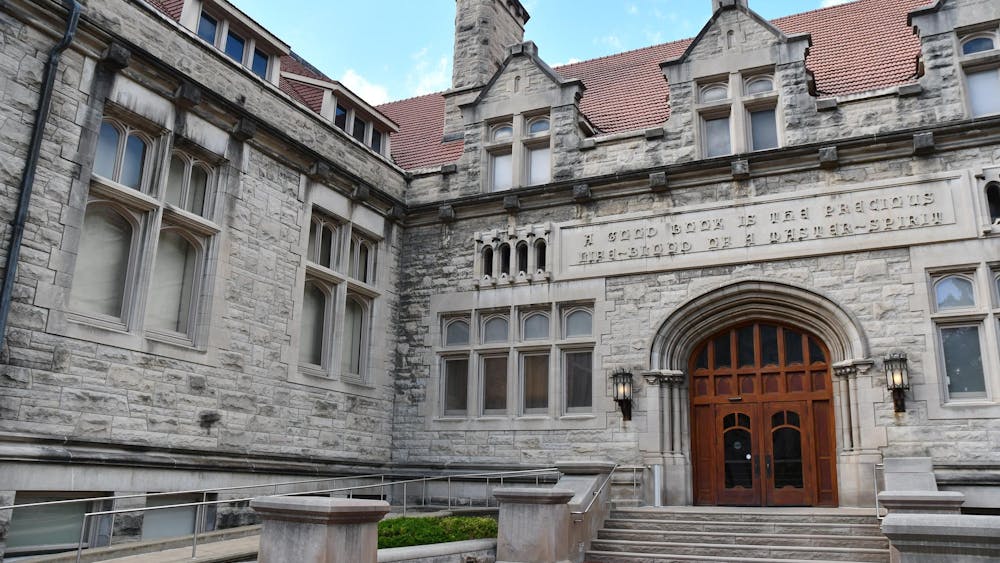After Sunday night’s 71st Annual Tony Awards, Broadway proved it’s not quite as diverse as some would have you believe.
The evening stood out as a stark regression from last year’s program, when the theater world was praised for the diversity and recognition of people of color displayed at the 2016 event.
As Hamilton, a musical known for its diverse cast, garnered four awards for its actors and actresses of color, the Tony Awards seemed to contrast sharply with other major awards shows of the year—namely, the Oscars—which struggled to diversify their nominees.
Unfortunately, this year’s Tony Awards demonstrated that Broadway still panders to its white audiences, despite staging strongly diverse shows throughout the season.
This year, several new groundbreaking musicals, such as “Natasha, Pierre, and the Great Comet of 1812” and “Come from Away,” were introduced. And many culturally relevant productions, like “Falsettos,” made revivals.
These shows featured diverse casts with many talented actors of color in numerous leading roles. Instead of honoring these performers, though, the Tony Awards demonstrated a fierce commitment to showcasing only Broadway’s predominantly white shows and characters.
For instance, while all the nominees for best musical were extremely strong, some were surprised when “Dear Evan Hansen,” a musical featuring a largely white cast, won the award against “Come from Away” and “Natasha, Pierre, and the Great Comet of 1812,” which both feature enormously diverse casts.
Along with best musical, “Dear Evan Hansen” took home several other awards, including best score, best orchestrations, best book, best featured actress, and best leading actor.
Because of the so-called success of this predominantly white show, the two musicals with majority non-white casts won only two awards, despite being nominated for twelve.
Similarly, the nominees for best revival of a musical were also quite competitive, featuring shows like “Falsettos,” a story about the intersection of LGBT and Jewish communities, and “Miss Saigon,” a tragedy set during the Vietnam War.
Unsurprisingly, the award went to “Hello, Dolly,” another show featuring mostly white faces.
Upsets like these happened consistently throughout the evening, across all categories. Nearly every award winner was white, even though some extremely talented actors of color were nominated, like Denée Benton and Eva Noblezada, both of whom lost out to Bette Middler.
In certain categories, such as best actor and best featured actor, not a single person of color was even nominated.
And while representation on stage is important, the recognition of minority groups off stage is worse.
Consider the award for best play. It’s been given out 70 times—this wasn’t a category during the program’s first year—and has only been won by a person of color four times, two of which were by Yasmina Reza.
The same goes for female recipients of the award. Again, there have been four occurrences, two of which were Yasmina Reza.
The award has been won by a white man nearly 89 percent of the time and by only six individual women or people of color.
This cannot continue if we are to continue holding Broadway in esteem for its diversity and progressiveness.
The American Theatre Wing must work harder to ensure that actors, writers, directors, and the many other talented people of color are recognized and represented during the Tony Awards.





